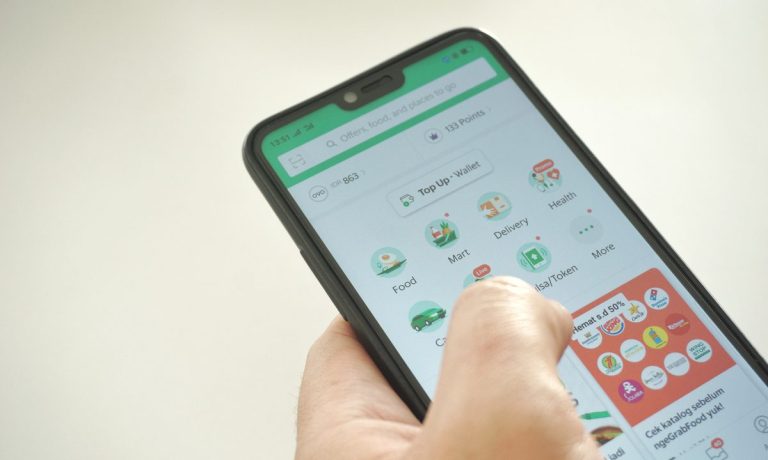
Call it the super app halo effect — maybe a long-lasting one, perhaps it’s only temporary.
Grab Holding’s latest earnings report helped fuel a 25% rally in the name on Wall Street.
The stock ended the day at $3.14 — and if you want the read-across, consider that, in Indonesia, GoTo rallied 12% on the day. Elsewhere, Didi was up 6.6%. You get the idea — namely, that there’s been a spate of investor enthusiasm in a week where investor sentiment has swung like a pendulum depending on which day, or even which hour, you look.
It’s worth a drill down into Grab’s particulars to get a feel for the state of the super app, particularly now as the pandemic winds into its next phase.
For it’s the super app that gives the hint and the roadmap of how connected economies take shape. And, by the numbers, the super app surge has momentum that seems to be outpacing the lingering impact of the pandemic, inflation and other headwinds.
As noted in this space on Thursday, Grab’s gross merchandise value of $4.8 billion, was a 32% year-over-year increase.
Read Also: Grab Says Delivery Demand Stable After COVID
The supplemental materials released in tandem with earnings show that importantly that boost in GMV comes alongside a 19% boost in GMV. Getting a bit more granular, and the deliveries GMV was up 50% year over year as monthly transacting users in this space were up 26%. Management had noted in the release that its mobility supply is on track for stabilization, having added 220K driver/partners in the latest quarter vs. last year.
Financial Services Surge Too
As to that connectivity — the company’s supplementals also show that there’s some cross pollination with financial services. Consumers using the financial services offerings, said the company, show a 2.7x boost in engagement when they use GrabPay, and retention grows by 1.3 times as spending surges by 4.5 times.
Grab CEO Anthony Tan said on the call that the economy in Southeast Asia remains “resilient,” as pandemic-related restrictions have been easing. And cross pollination also has been a hallmark of the driver base, where 76% of that base complete both mobility and delivery jobs. BNPL loans grew fivefold in the most recent period, year over year — and credit quality remains strong with NPL in the low single digits.
“Looking ahead, we plan to expand the buy now pay later product into more markets and deepen lending penetration within our ecosystem. This will allow us to grow financial services to meet the needs of an underserved market,” said Tan.
On the driver front, he said, “we continuously innovate on our super app platform. So, we are the best platform for drivers to earn an income. For example, we launched an enhanced shifts feature for Singapore drivers that led to higher driver earnings and productivity for them in selected zones, while meeting demand in supply crunch areas.”
Looking ahead, he said, the push toward a full suite of digital banking capabilities proceeds apace (through the JV with Singtel). The company will launch a Singapore Digital Bank currently in internal pilot in the second half of the year.
With commentary on macro pressures, Tan said, “we’ve actually not seen headwinds to demand from higher inflation rates. What is actually more evident and observable is actually higher fuel prices,” and despite surcharges, “but we have yet to see a material impact in mobility demand. In fact, we’re seeing demand still growing faster than supply,” Tan said, adding that “we’re generally quite positive with mobility demand.”
The digital front door, giving access to all manner of disparate activities in one place, remains firmly open.